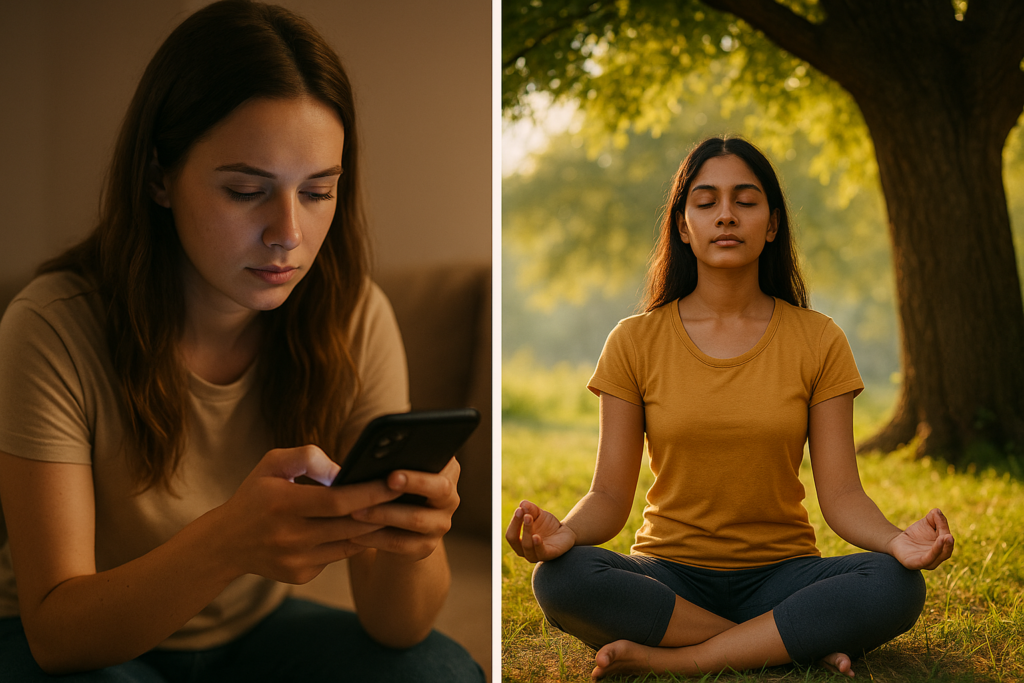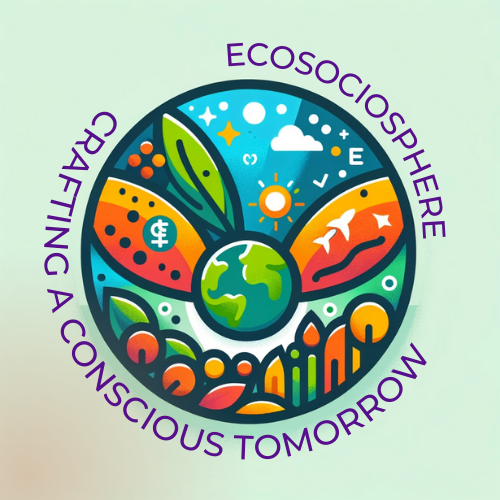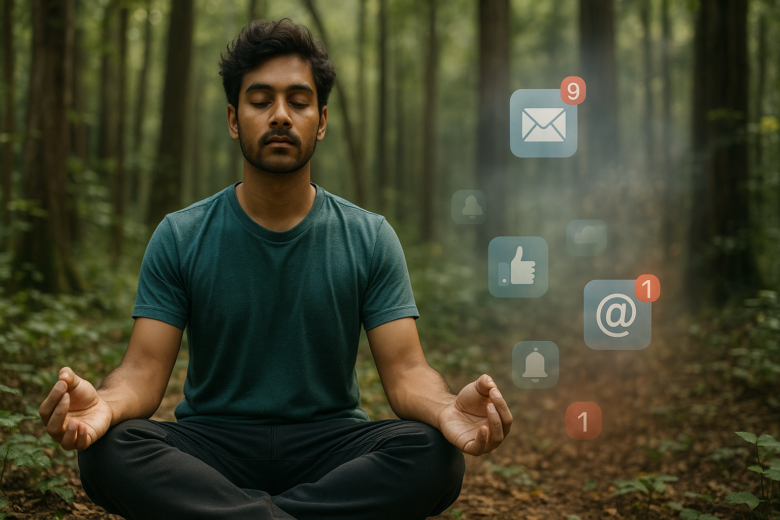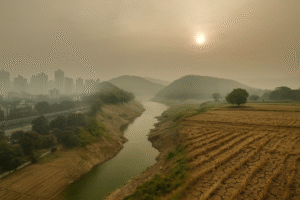Fun fact: The average adult now spends over seven hours a day staring at screens—yet we say we “don’t have time” to meditate for ten minutes.
We are living faster than ever. Our meals come in five-minute delivery windows, our conversations are reduced to emojis, and our mornings begin not with breath but with a buzz. In this restless rush of modern life, the idea of stillness feels outdated—like an old cassette in a streaming world. But here’s the paradox: the more speed we accumulate, the more our souls seem to crave stillness. Welcome to the future of spirituality.
What Happens When the Soul Can’t Keep Up?
Spirituality, in its truest form, has always been about connection—connection to self, others, nature, and the cosmos. But in a hyperconnected digital age, we’ve never felt more disconnected. Research by the American Psychological Association (APA) reveals a significant increase in anxiety, loneliness, and burnout—trends particularly pronounced among members of Gen Z. The irony? We have more access to wellness apps, online gurus, and meditation playlists than any generation before.
Yet, convenience has diluted the essence. We consume bite-sized spirituality—30-second reels on “how to breathe,” 5-minute “zen hacks” between doomscrolling news cycles. Instead of going inward, we go online. Spirituality becomes another task on the to-do list. Inner peace, it seems, is being outpaced by push notifications.
Why Speed Kills Stillness
The biggest enemy of modern spirituality isn’t disbelief—it’s distraction.
In his book Digital Minimalism, Cal Newport argues that our attention has become the most monetised resource. And spiritual practices—be it meditation, prayer, or mindful walking—demand the opposite: sustained attention. They ask us to pause, observe, and listen. But how can you hear the whisper of the soul when your AirPods are blasting productivity podcasts?
Consider this: in many Indian cities, temple bells now compete with honking traffic, and sacred chants are uploaded to YouTube with ads in between. Spirituality is being squeezed into 1x playback speed when its nature is to unfold at 0.5x.
The Rise of Neo-Spirituality
But all is not lost. A quiet revolution is underway.
Call it “neo-spirituality”—a reimagined approach to the sacred that is tech-aware but soul-led. Unlike organised religion, which many feel has failed to evolve, neo-spirituality is fluid, inclusive, and often personal. It’s the software update that ancient wisdom needed.
Take, for instance, the rise of digital meditation communities like Insight Timer (a meditation app offering guided sessions globally) or Calm (a mental wellness company known for its mindfulness tools). These platforms don’t just teach silence—they scale it. They create digital sanctuaries amid algorithmic chaos.
Similarly, slow-living influencers are emerging as the new spiritual guides. People like Jay Shetty, a former monk turned podcaster, repackage timeless wisdom in relatable, modern ways. While critics may call it commodification, proponents argue it’s democratisation—making spiritual tools accessible across economic and cultural boundaries.

Case Study: The Silent Retreat in a Digital Age
One surprising trend? The return of silence.
In 2024, India’s Vipassana centres reported record-breaking applications—especially from tech professionals, entrepreneurs, and college students. Many cited a desire to “reboot” from digital burnout.
A Bengaluru-based software engineer, Rajat (name changed), shared his experience: “The silence was deafening at first. No phone, no talking, not even eye contact. But by Day 4, I heard my own thoughts clearly for the first time in years. I wasn’t anxious—I was… here.”
This urge to disconnect to reconnect is no longer niche. Even corporate retreats are adopting meditation and forest bathing (a Japanese practice known as Shinrin-yoku, involving mindful walks in nature) as part of leadership training. Spirituality is not being rejected—it’s being reinterpreted.
From Temples to Timelines: Where Do We Go Next?
The future of spirituality won’t be found in temples alone—it will also be found in time blocks on Google Calendar marked “Do Nothing.” It will thrive in homes where parents teach silence as a value, not a punishment. It will live in schools that include breathwork, in cafes with no Wi-Fi zones, in neighbourhoods that plant sacred groves instead of malls.
We will likely see:
- Spiritual tech: Wearables that don’t track just steps or heart rate, but your calmness. (Think Fitbit meets Vipassana.)
- Augmented Reality retreats: Virtual spaces to experience guided meditations in the Himalayas or chants in Varanasi.
- Faith without borders: Young people blending Sufi poetry with yoga, Buddhist mindfulness with Stoic philosophy—creating their own personalised spiritual diets.
This isn’t dilution. It’s evolution.
Why Stillness Might Be the Most Radical Act
In an age where speed is worshipped, stillness becomes resistance.
Choosing to be silent in a world screaming for your attention is subversive. It is, perhaps, the most spiritual act of all.
Spirituality in the future will not be about escaping the world but being in it—fully, mindfully, and with presence. It will be less about answers and more about awareness. Less about belief and more about balance.
So, the next time you’re tempted to fill a quiet moment with noise—pause.
In that pause, you just might find the future of your soul.
Author’s Note:
In the rush to keep up with the world, we often lose ourselves. This piece is a gentle reminder that in slowing down, we may actually be moving closer to what matters most. I invite you to take one minute today—just one—to do nothing. You might be surprised at how much you hear in the silence.
G.C., Ecosociosphere contributor.




